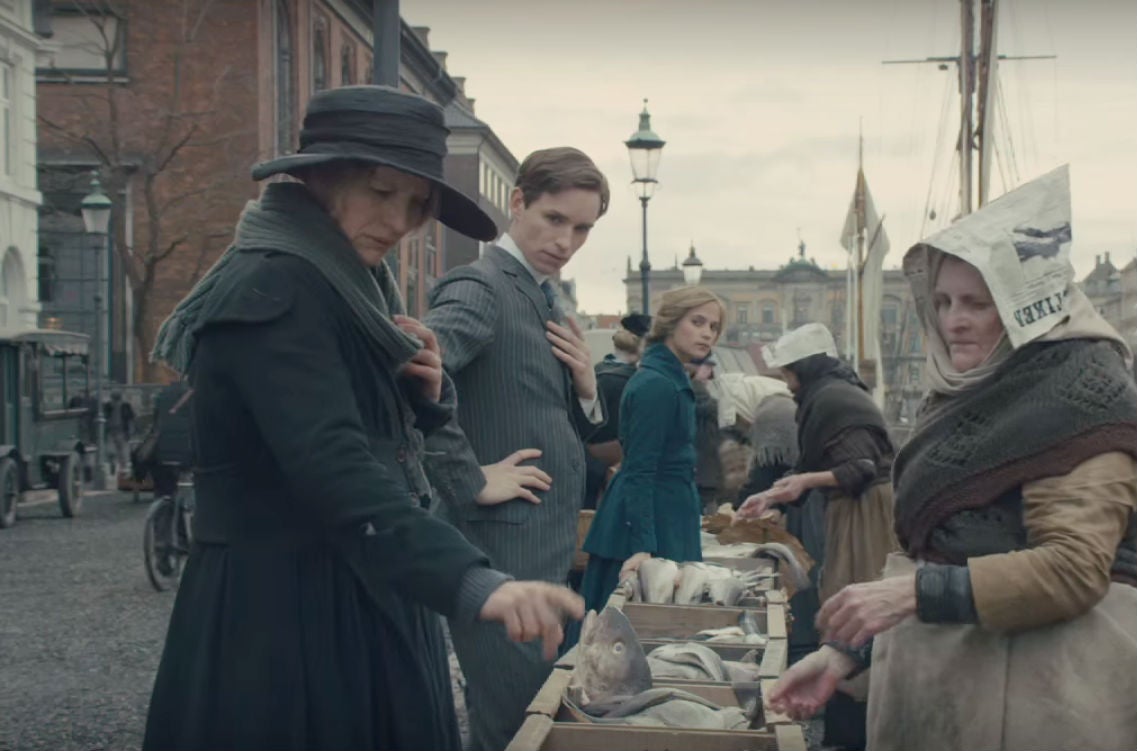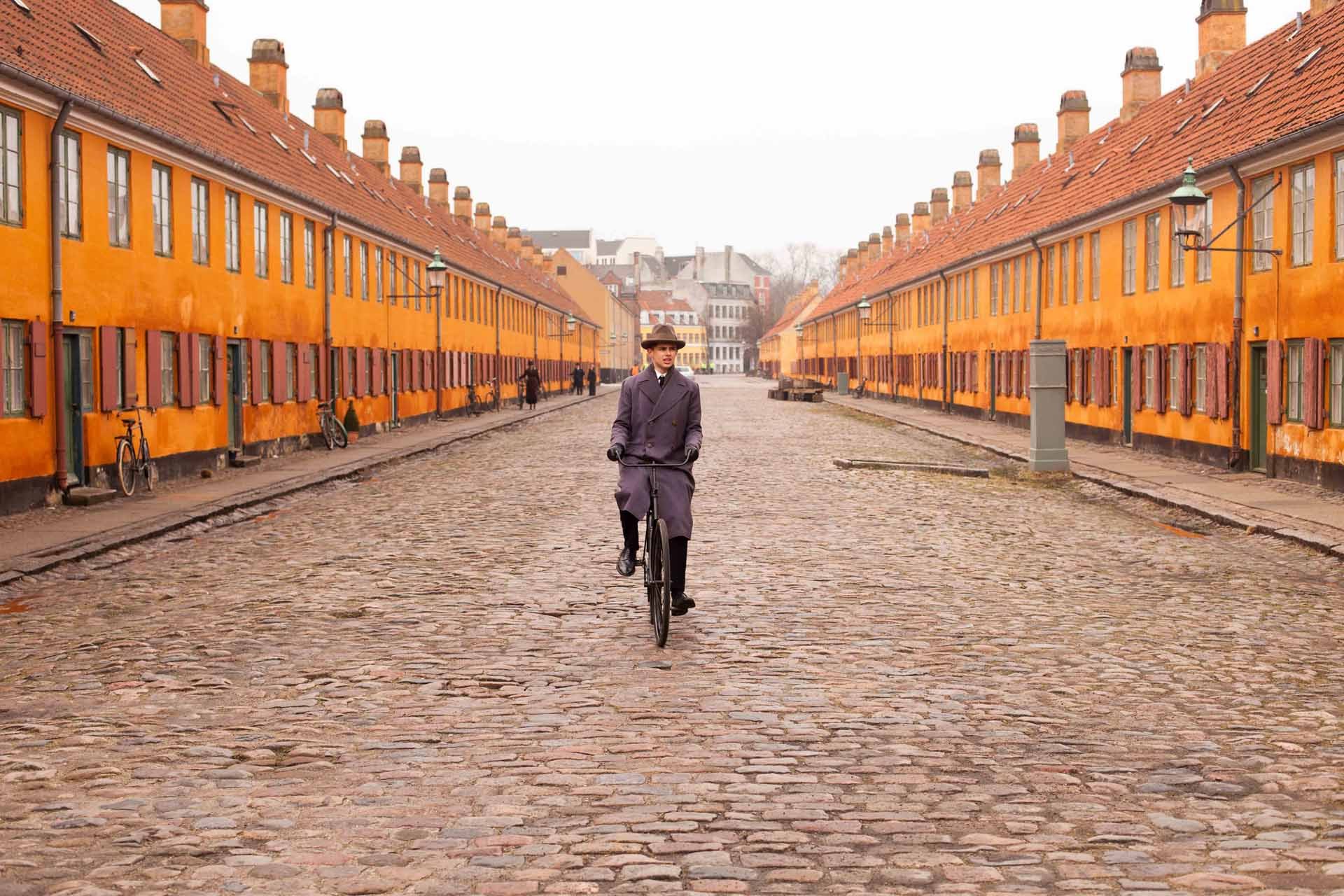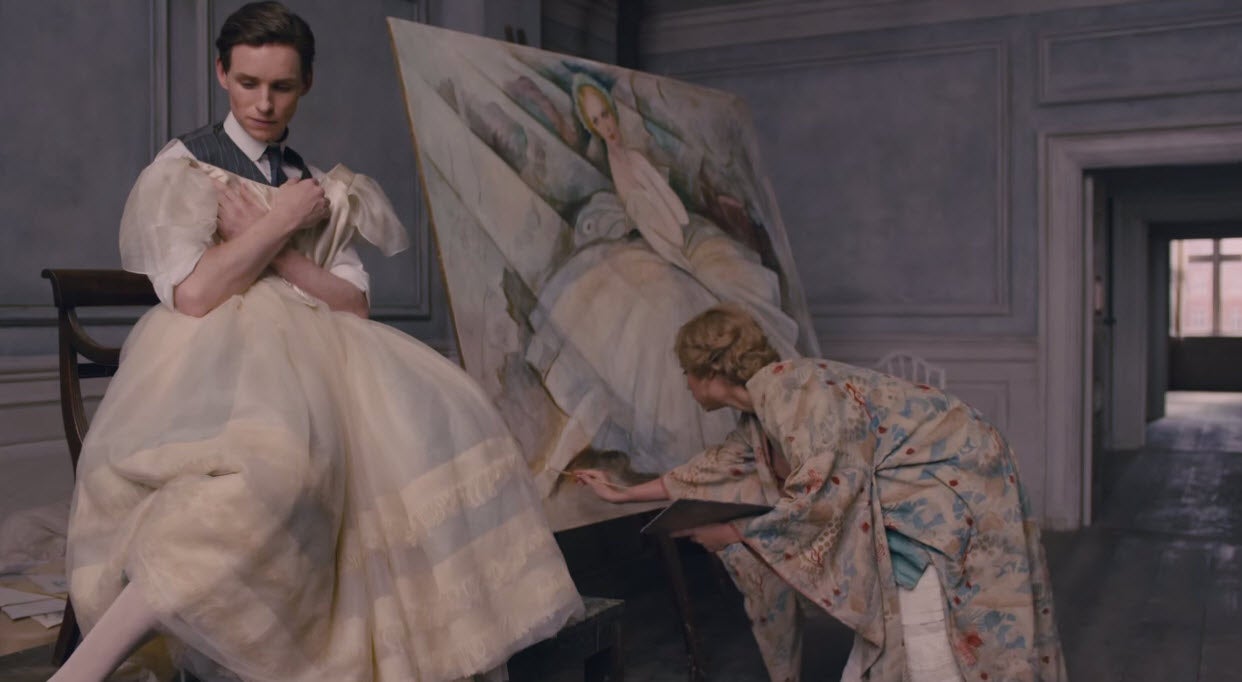The Danish Girl: Tom Hooper's drama's influence on Copenhagen
The remarkable true story of transgender pioneer Lili Elbe runs deep in the bloodstream of Denmark's capital

Walking the streets of Copenhagen is one thing; walking the streets of Copenhagen having seen The Danish Girl is another.
As someone who was introduced to artist Einar Wegener’s transformation into transgender pioneer Lili Elbe via Tom Hooper's period retelling, I had no idea quite how deeply this story ran through the veins of Lili’s homeland.
One meander through the city streets later and it's a sure bet you'll have stumbled across a painting, building or street that withholds some form of connection to Hooper's Oscar-winning film.
One such location is the Nyhavn canal district, a cobbled waterfront home to numerous picturesque locales. Only a year previous had the area been transported into a 1920s fish market with Eddie Redmayne and Alicia Vikander strolling around in character as Ebe and artist Gerda Wegener.
A nearby worker based in an office above restaurant Cap Horn tells me how she had glimpsed the two in action just by a mere glance out of the window; Little did she realise she was watching an Oscar-winner to be.

Other destinations used during production include Magstaede, Det Kongelige Teater, Kunsthal Charlottenborg and the Frederiksstad district (take note: each place warrants a visit).
Most memorable, however, are the pastoral buildings home to Ben Whishaw's character Henrik – Lili's love interest – which remained untouched for the film; on the day that I visit, the Nyboder naval barracks are barren yet beautiful, much like in the image below.

To gather an effective sense of The Danish Girl’s full importance, visitors to Copenhagen need simply go wandering.
On one of our many coffee stops, my party happens across a twentysomething who, through conversation, drops in how he was an extra in one of the film's key moments; he can be glimpsed in the scene where Lili researches sex reassignment in a Parisian library (Denmark's Fiolstæde Reading Room standing in for the French capital).

Watch Apple TV+ free for 7 day
New subscribers only. £8.99/mo. after free trial. Plan auto-renews until cancelled.
ADVERTISEMENT. If you sign up to this service we will earn commission. This revenue helps to fund journalism across The Independent.

Watch Apple TV+ free for 7 day
New subscribers only. £8.99/mo. after free trial. Plan auto-renews until cancelled.
ADVERTISEMENT. If you sign up to this service we will earn commission. This revenue helps to fund journalism across The Independent.
Another surprise came during a visit to Arken Museum of Modern Art, a touchstone building based outside of the city's centre. We inadvertently realise the museum is hosting an exhibition dedicated to the works of Gerda Wegener.
Seeing her story expressed through the real-life paintings of Lili fills you with a sense of melancholic realisation of the duo's very existence. Open until January 2017, the gallery serves as the film's perfect accompaniment bolstering any Copenhagen visit. (Sidenote: don't miss the Niki de Saint Phalle exhibition also.)

The Danish Girl's true lasting legacy is the way in which Copenhagen openly provides a broader understanding of Lili and Gerda's remarkably touching story.
Rave reviews and awards recognition aside, that is the biggest accolade of all.
‘The Danish Girl’ is out to own on DVD and Blu-ray now
Join our commenting forum
Join thought-provoking conversations, follow other Independent readers and see their replies
Comments